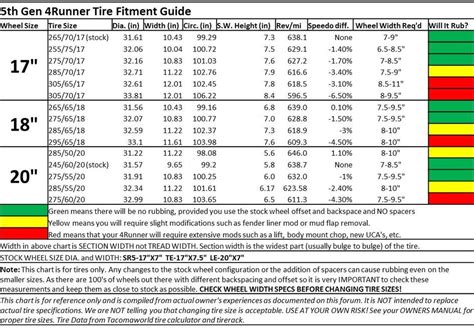4x108 Wheels on 4x114: A Visual Guide to Fitment
Understanding wheel fitment can be a minefield, especially when dealing with variations in bolt patterns like 4x108 and 4x114. This comprehensive guide will visually illustrate the challenges and possibilities of fitting 4x108 wheels onto a 4x114 hub, providing crucial information for car enthusiasts and DIY mechanics. We'll cover the key aspects to consider, potential solutions, and why a perfect fit is crucial for safety and performance.
What does 4x108 and 4x114 mean?
These numbers represent the wheel's bolt pattern: the diameter of the circle formed by the centers of the wheel's lug nuts (4) and the distance between each lug hole (108mm or 114mm). A 4x108 wheel has four lug holes spaced 108 millimeters apart, while a 4x114 wheel has four lug holes spaced 114 millimeters apart. This seemingly small difference of 6mm creates a significant compatibility issue.
Why can't you directly mount a 4x108 wheel on a 4x114 hub?
The 6mm difference in bolt pattern means the lug holes simply won't align. Forcing a 4x108 wheel onto a 4x114 hub is incredibly dangerous and can lead to:
- Wheel detachment: The wheel could come loose while driving, resulting in a catastrophic accident.
- Damage to the wheel and hub: The misalignment can put extreme stress on both components, leading to cracks, deformation, or even complete failure.
- Injury or fatality: The consequences of a wheel detachment are severe and potentially life-threatening.
Can you adapt 4x108 wheels to fit a 4x114 hub?
While direct mounting is impossible, there are adaptation methods, each with its own pros and cons:
1. Wheel Adapters:
Wheel adapters are spacers that sit between the wheel and the hub. They have a bolt pattern that matches the wheel on one side and the hub on the other. Adapters effectively “bridge” the gap between the different bolt patterns.
Visual Representation (Imagine this):
[Insert image here: A schematic showing a 4x108 wheel, a wheel adapter, and a 4x114 hub. Arrows should show the bolt pattern alignment.]
Pros: Relatively easy to install.
Cons: Increases the overall wheel offset, potentially affecting handling and suspension. Adds extra weight, impacting fuel economy and potentially performance. Can introduce vibrations if not properly balanced. Increases the stress on wheel studs and can lead to premature wear. Not all adapters are created equal; low-quality adapters can be dangerous.
2. Custom Hubcentric Rings:
These rings ensure the wheel is properly centered on the hub, which is crucial for even brake pad wear and smooth driving. While they don't address the bolt pattern mismatch, they must be used in conjunction with adapters for a safer fit.
Visual Representation (Imagine this):
[Insert image here: A schematic showing a 4x108 wheel, a hubcentric ring, a wheel adapter, and a 4x114 hub. Arrows should show the proper centering.]
Pros: Improves wheel centering and reduces vibrations.
Cons: Does not resolve the core bolt pattern mismatch issue; only mitigates one aspect.
3. Drilling New Holes (Not Recommended):
Modifying the wheel by drilling new lug holes is extremely dangerous and should never be attempted. This weakens the wheel's structural integrity, significantly increasing the risk of failure. This is highly unsafe and may void any warranties.
Frequently Asked Questions (FAQ)
What is the safest option for fitting 4x108 wheels on a 4x114 hub?
The safest option is to avoid the situation altogether and purchase wheels with the correct bolt pattern for your vehicle. If adaptation is absolutely necessary, high-quality wheel adapters from a reputable manufacturer should be used, and always in conjunction with hubcentric rings. Professional installation is strongly recommended.
Are there any legal implications of using wheel adapters?
Local laws and vehicle inspection regulations vary. Using wheel adapters may affect the legality of your vehicle, especially if it changes the vehicle’s specifications and does not meet safety standards. Check your local regulations before making any modifications.
How can I ensure my wheel adapters are safe?
Choose adapters that are made from high-quality materials (like forged aluminum), have proper bolt specifications, and are from reputable manufacturers. Always check for any signs of damage or wear before and after installation.
What are the signs of a failing wheel adapter?
Signs of a failing adapter include unusual vibrations, noises, or looseness of the wheel. If you notice any of these, immediately stop driving and have the issue checked by a professional.
Conclusion:
While fitting 4x108 wheels onto a 4x114 hub is technically possible using adapters, it’s crucial to understand the risks involved. Safety should always be the top priority. If you’re unsure about any aspect of wheel fitment, consult a professional mechanic or tire specialist. Incorrect fitment can have serious consequences. Prioritize safety over cost and convenience.

